Why rolling over your old 401(k) deserves a closer look
Changing jobs is a key moment to revisit your financial priorities—especially your retirement savings. Yet many people delay rolling over their old 401(k) or 403(b), often due to confusion or complexity. While the funds remain invested, failing to consolidate your accounts can lead to unnecessary fees, disjointed strategies, and missed growth potential over time.
What Is a Rollover?
A rollover allows you to transfer funds from your former employer’s retirement plan into a new 401(k) or IRA. There are two main types:
A direct rollover, where funds move directly from one plan to another without tax consequences.
An indirect rollover, where you receive a check and must redeposit the funds within 60 days to avoid taxes and penalties.
Although both are technically allowed, indirect rollovers can introduce delays and added risk—especially if you're unsure of the tax rules or miss the deadline.
If you’re rolling into an IRA, you’ll also need to decide between a Traditional IRA and a Roth IRA. A Traditional IRA keeps your savings tax-deferred, like a 401(k). A Roth IRA requires you to pay taxes on the rolled amount now, but allows for tax-free withdrawals later in retirement. The right choice depends on your current tax bracket, future income expectations, and retirement strategy.
The Hidden Cost of Waiting
Delaying a rollover isn’t just inconvenient—it could cost you tens of thousands in long-term investment growth. According to a 2025 report by PensionBee, slow or complicated rollovers can lead to lost lifetime returns of up to $76,000. The analysis modeled the impact of delaying investments for amounts ranging from $10,000 to $100,000 over 30 years. The takeaway? Even a short time out of the market during a rollover can significantly erode your retirement nest egg—especially during periods of market volatility.
Why It’s Worth Doing Right
With expert guidance, a rollover becomes less of a hassle—and more of an opportunity to strengthen your retirement plan. Here’s how an advisor can help:
Avoiding Redundant Fees: Consolidating accounts can eliminate overlapping plan fees and administrative costs.
Improving Your Investment Strategy: With fewer accounts, it’s easier to align your overall portfolio with your long-term goals.
Navigating Rollover Rules with Confidence: An advisor can handle the paperwork, track deadlines, and ensure your funds stay in tax-advantaged accounts.
Before deciding, it's also important to compare your new employer’s plan features—such as fees and investment choices—against the benefits of a rollover IRA.
Rollover Readiness: 5 Questions to Ask Yourself
Do you have more than one old workplace retirement plan?
Are you paying unnecessary fees on your old accounts?
Are your investments still aligned with your current goals and risk tolerance?
Does your new employer’s plan accept rollovers—and how does it compare to an IRA?
Would you benefit from more personalized investment advice or broader fund choices?
If you answered yes to any of these, a rollover may be worth exploring with the help of a financial advisor.
Take the Next Step
Aspire Planning Associates makes rollover decisions easier, ensuring your retirement strategy remains clear, consolidated, and aligned with your future—no matter how your career evolves. Contact us at (925) 938-2023 to schedule a consultation today and take the next step toward a more organized, optimized retirement plan.



